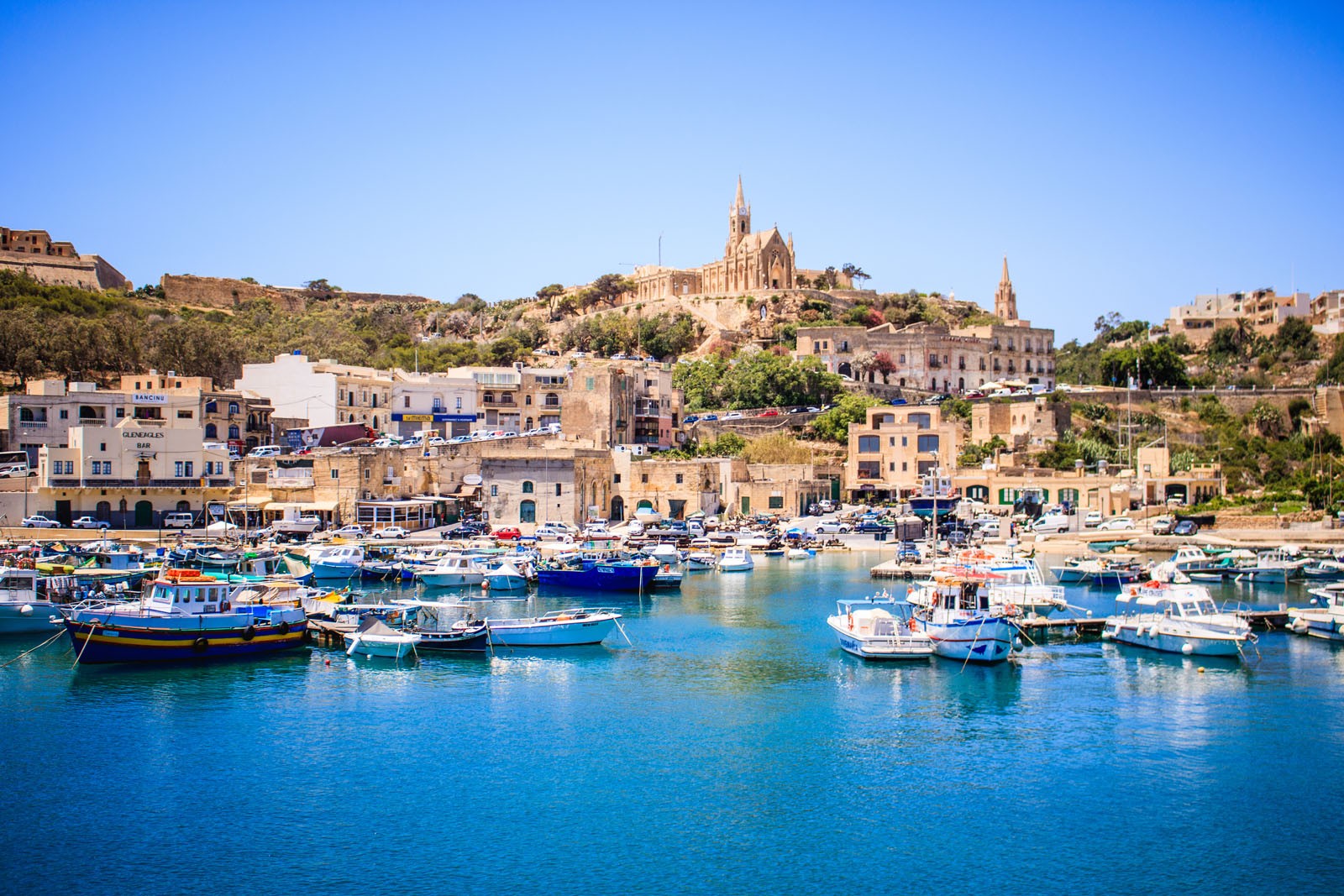Best Places to Stay in Malta
Malta, with its rich history, stunning landscapes, and vibrant culture, offers a variety of accommodation options to suit every traveler's needs. Discover the best places to stay in Malta and find the perfect base for your unforgettable Mediterranean getaway. Malta offers a diverse range of accommodation options to suit every traveler's needs. Whether you're drawn to the historic charm of Valletta, the lively atmosphere of Sliema and St. Julian's, the family-friendly beaches of Mellieħa, or the rural beauty of Gozo, you're sure to find the perfect place to stay. Start planning your Maltese getaway today and experience all that this enchanting archipelago has to offer.
Your Ultimate Guide
Malta is a captivating archipelago in the heart of the Mediterranean, is a treasure trove of history, culture, and natural beauty. Whether you're planning a romantic getaway, a family vacation, or an adventure-filled trip, Malta offers a variety of accommodation options to suit every need. The island's most enchanting destinations, from the bustling streets of Valletta, a UNESCO World Heritage site, to the serene beaches of Mellieħa. Discover the medieval charm of Mdina, the "Silent City," and the vibrant nightlife of St. Julian's. Explore the crystal-clear waters of the Blue Lagoon on Comino and the rural tranquility of Gozo. Whether you're an adventure seeker, a history enthusiast, or simply looking to relax, Malta offers a diverse range of experiences that cater to every type of traveler. Dive into the rich Maltese cuisine, participate in local festivals, and immerse yourself in the island's unique blend of tradition and modernity. Your journey through Malta promises to be an unforgettable adventure filled with discovery and delight. Here's a comprehensive guide to the best places to stay in Malta.
Valletta: For History and Culture Enthusiasts
Valletta, the capital city of Malta, is a UNESCO World Heritage site renowned for its stunning Baroque architecture, historic landmarks, and vibrant cultural scene. Staying in Valletta allows you to immerse yourself in the rich history and culture of Malta.
- Accommodation Options: Valletta boasts a range of boutique hotels, luxury guesthouses, and charming bed and breakfasts. Many of these accommodations are housed in beautifully restored historic buildings, offering a unique and authentic experience.
- Highlights: Explore the Grandmaster's Palace, St. John's Co-Cathedral, and the Upper Barrakka Gardens. Enjoy the lively atmosphere of Republic Street with its shops, cafes, and restaurants.
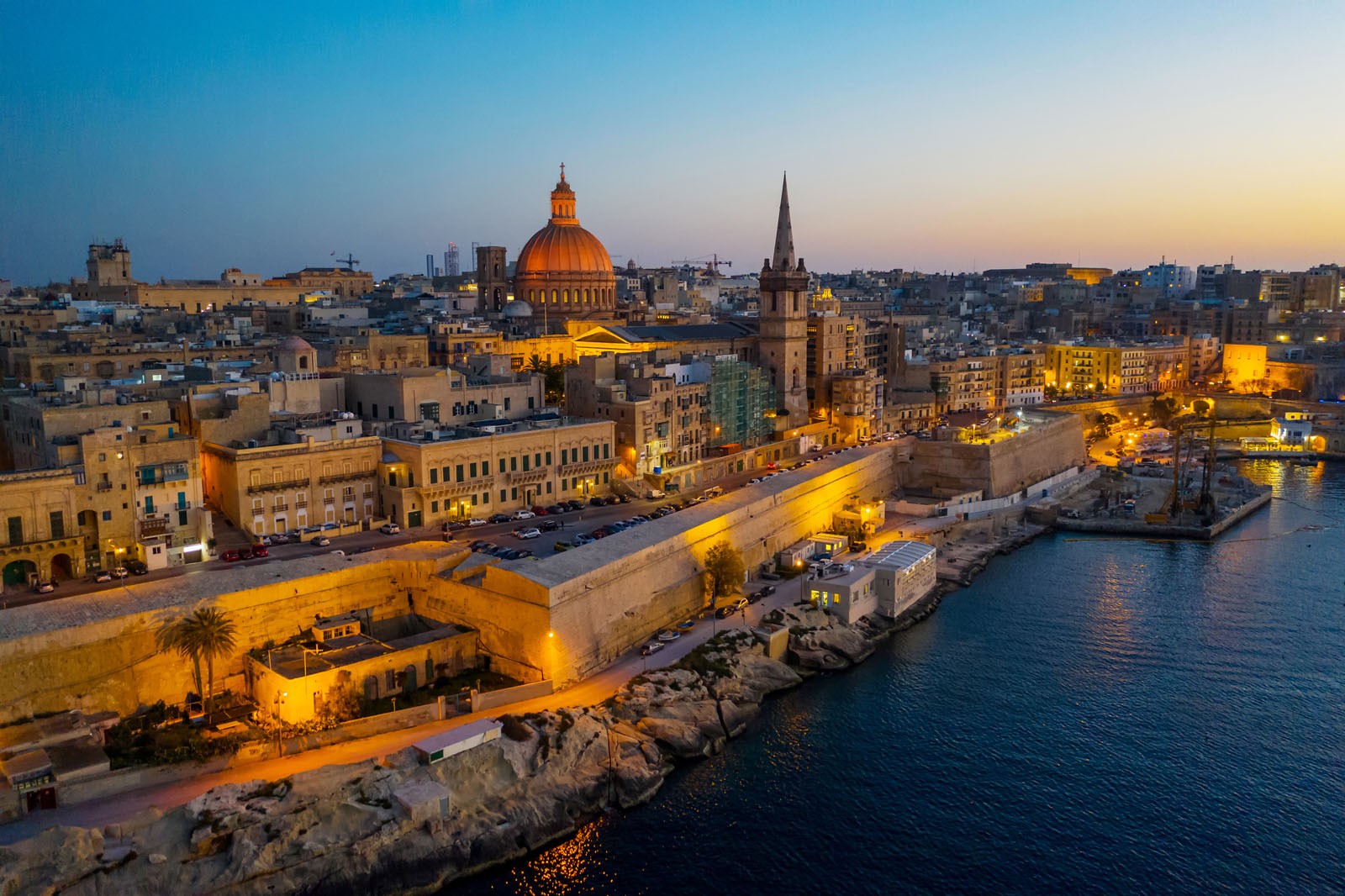
Sliema: For Shopping and Dining
Sliema is a bustling town known for its shopping, dining, and entertainment options. It's a great base for those who want to be close to the action while enjoying stunning sea views.
- Accommodation Options: Sliema offers a variety of hotels, from budget-friendly options to upscale apartments and seafront hotels. Many accommodations provide easy access to the promenade and the beach.
- Highlights: Stroll along the Sliema promenade, visit the Tigné Point shopping complex, and dine at one of the many waterfront restaurants. Sliema is also a great spot for water sports and boat trips.

St. Julian's: For Nightlife and Entertainment
St. Julian's is the heart of Malta's nightlife and entertainment scene. It's perfect for young travelers and those looking to enjoy the vibrant nightlife, with plenty of bars, clubs, and casinos.
- Accommodation Options: St. Julian's features a wide range of accommodations, from luxury resorts and boutique hotels to budget hostels. Many hotels are located in the lively Paceville area, known for its nightlife.
- Highlights: Experience the nightlife in Paceville, relax at St. George's Bay, and try your luck at the Dragonara Casino. St. Julian's also offers excellent dining options and shopping centers.
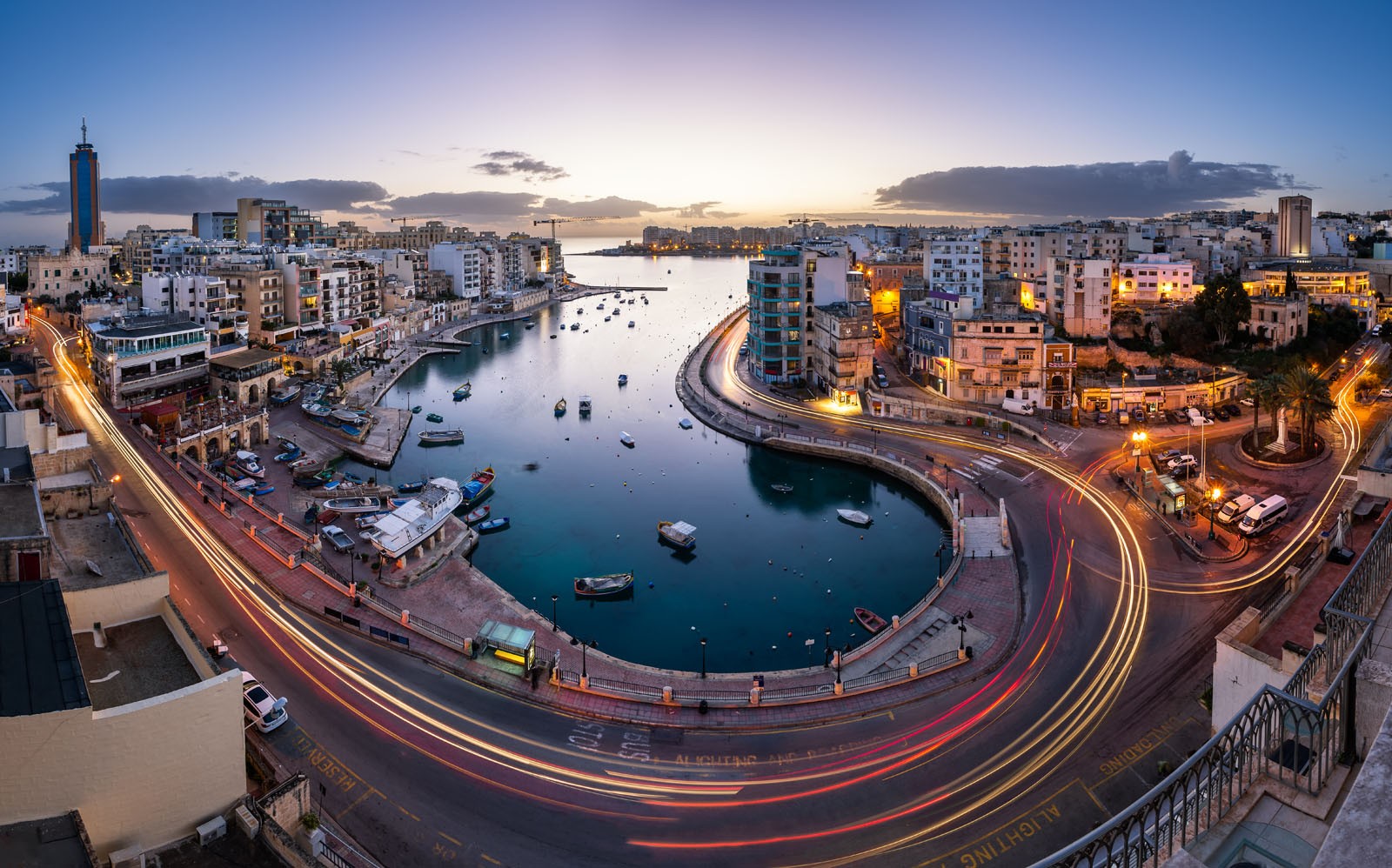
Mellieħa: For Beach Lovers and Families
Mellieħa is a tranquil town located in the northern part of Malta, known for its beautiful sandy beaches and family-friendly atmosphere. It's an ideal destination for those seeking a relaxing beach holiday.
- Accommodation Options: Mellieħa offers a variety of accommodations, including beachfront hotels, family resorts, and self-catering apartments. Many properties provide stunning views of the Mediterranean Sea.
- Highlights: Spend the day at Mellieħa Bay, Malta's largest sandy beach, visit the Popeye Village theme park, and explore the Mellieħa Parish Church. The nearby Għadira Nature Reserve is perfect for nature walks and bird watching.
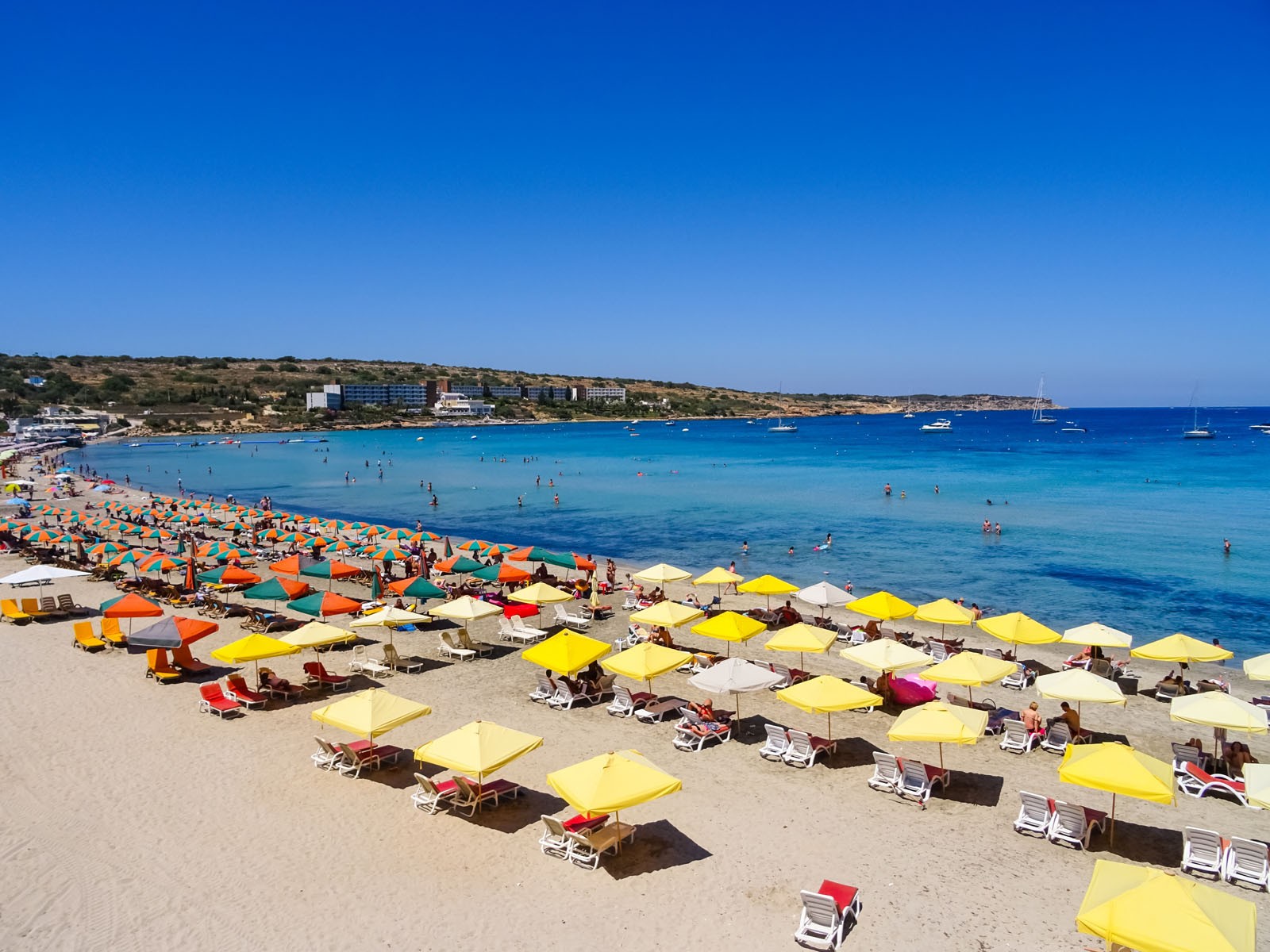
Marsascala: For Relaxation and Local Life
Marsascala, a charming seaside village on the southeastern coast of Malta, is a hidden gem that offers a perfect blend of relaxation and adventure. Known for its picturesque harbor, beautiful beaches, and vibrant local life, Marsascala is an ideal destination for travelers seeking a tranquil yet engaging holiday experience.
- Accommodation Options: For those who prefer a more independent stay, there are numerous self-catering apartments available. These are perfect for families or groups looking for a home-away-from-home experience. If you're looking for more space and privacy, consider renting a villa with private pools, gardens, and ample living space, making them ideal for larger groups or extended stays.
- Highlights: Marsascala is rich in natural beauty and cultural heritage, offering plenty of activities and sights to explore. Visit St. Thomas Bay, Zonqor Point Salt Pans & St. Thomas Tower. Marsascala also boasts a variety of restaurants where you can enjoy delicious Maltese cuisine, with fresh seafood being the highlight of this seaside village.
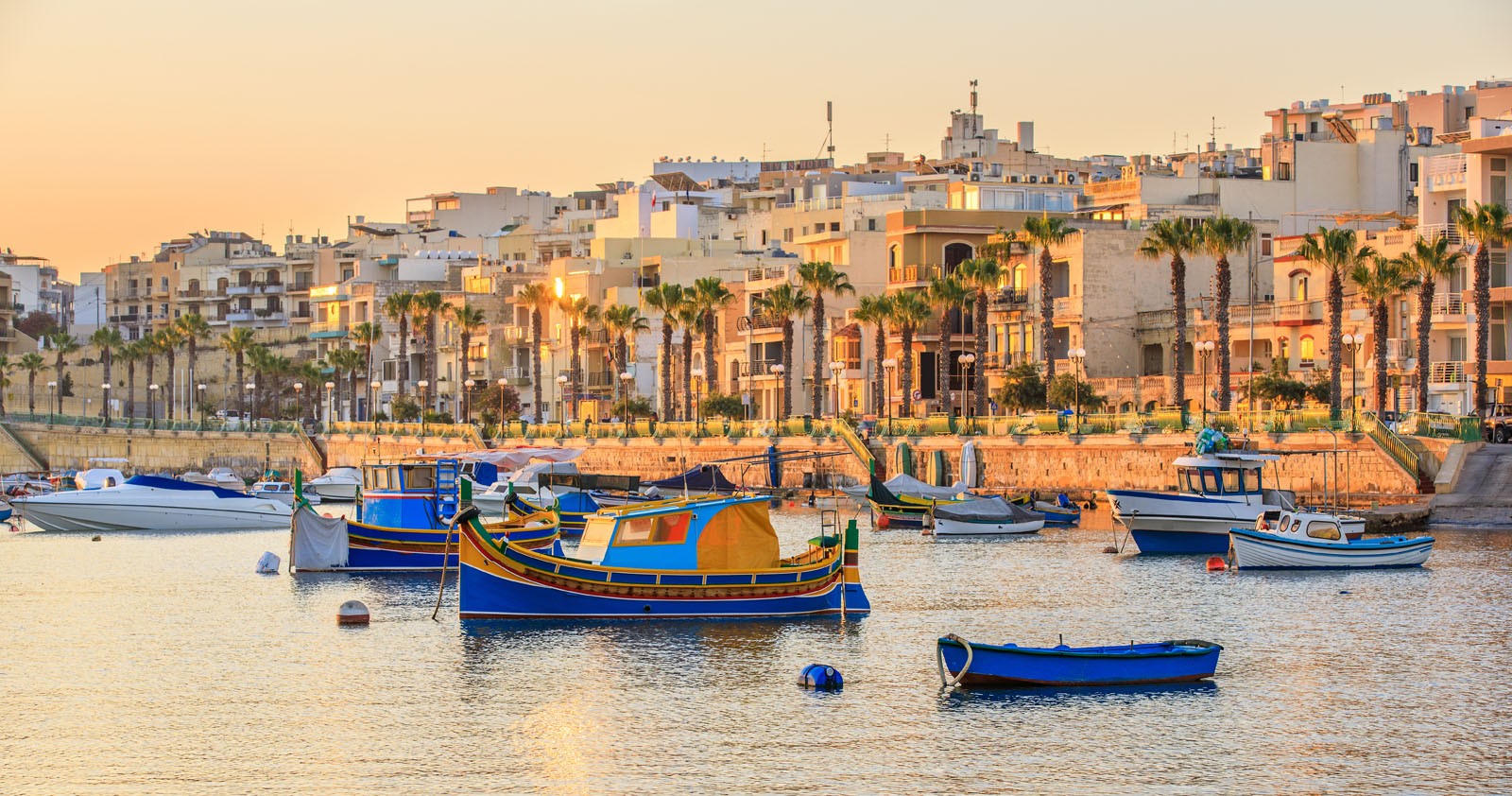
Marsaxlokk: For Tranquility and Seafood
Marsaxlokk combines the charm of a traditional fishing village with modern amenities, making it an ideal destination for a relaxing and enjoyable holiday. Plan your visit today and experience the beauty and tranquility of this Maltese gem.
- Accommodation Options: From cozy guesthouses to modern self-catering apartments and holiday villas, you'll find the perfect place to stay. Many accommodations provide stunning views of the harbor and easy access to local attractions
- Highlights: Marsaxlokk is famous for its colorful traditional fishing boats called luzzus, the harbor is a picturesque spot perfect for a leisurely stroll and photography. The Sunday Fish Market is a must-visit, this bustling market offers fresh seafood and local produce, making it a vibrant and authentic experience. St. Peter’s Pool is a natural swimming pool with crystal-clear waters, ideal for sunbathing, swimming, and cliff diving.

Gozo: For Rural Charm and Scenic Beauty
Gozo, Malta's sister island, is known for its rural charm, scenic landscapes, and slower pace of life. It's a great choice for travelers looking to escape the hustle and bustle and enjoy a more laid-back holiday.
- Accommodation Options: Gozo offers a range of accommodations, from traditional farmhouses and boutique hotels to modern apartments. Many properties are located in picturesque villages, providing a peaceful retreat.
- Highlights: Visit the ancient Ggantija Temples, relax at Ramla Bay, and explore the charming village of Xlendi. Gozo is also known for its excellent diving spots and scenic hiking trails.
